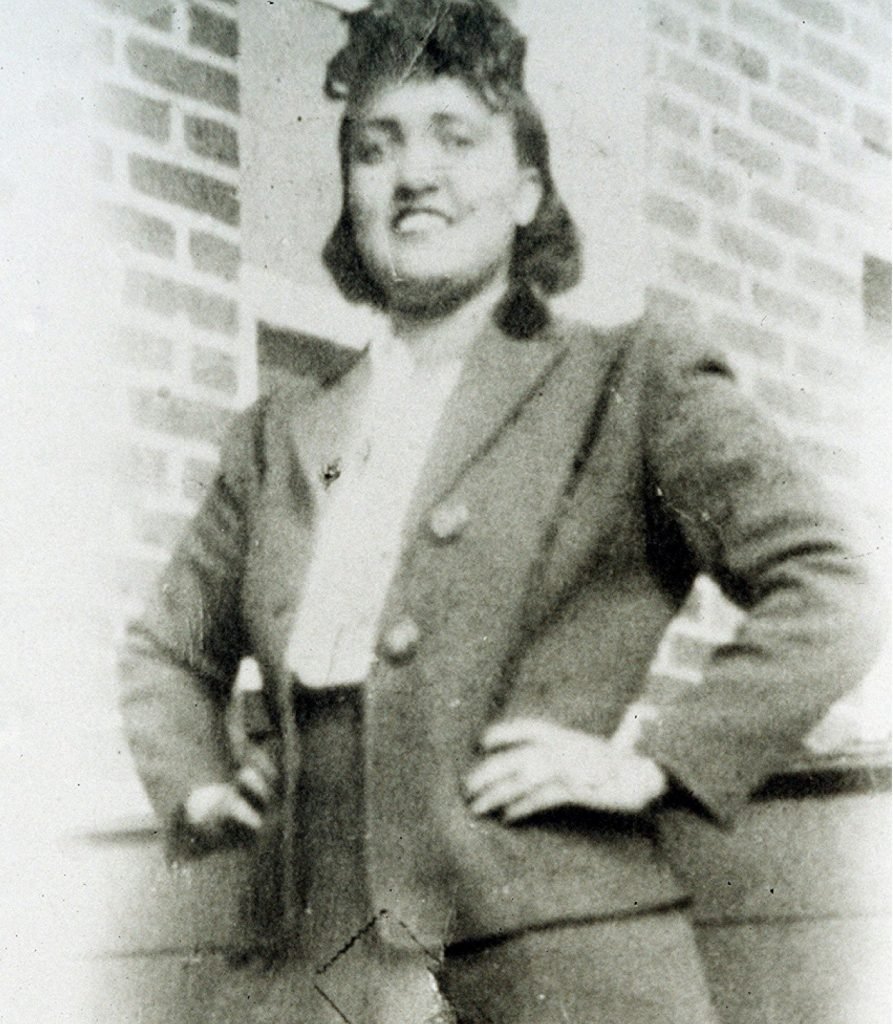Some people are afraid of the idea of death and dream of somehow becoming immortal. But there are actually different ways of becoming immortal. One of these ways is, of course, when a person succeeds in writing their name in history.

One of these people who achieved immortality was Henrietta Lacks. But she did it in an extraordinary way. This woman, who died at a young age, revolutionized the field of medicine by leaving her cells behind.
Henrietta Lacks (1920-1951) was born into a poor family. She had an ordinary life as a tobacco farmer in Southern Virginia. The event that immortalized Henrietta Lacks’ name occurred after she gave birth to her fifth child. This was because her health did not improve after the birth.
In 1951, Henrietta Lacks complained of vaginal bleeding and went to Johns Hopkins Hospital, one of only two hospitals treating poor African-Americans at the time.
Gynecologist Dr. Howard Jones, a gynecologist, discovered a large, malignant tumor on her cervix. The tumor was ravaging her body. Before starting treatment, a sample of the tumor cells was taken. This was then sent to Dr. Gey, an expert cancer and virus researcher. But Henrietta Lacks was kept in the dark about all these developments. In the 1950s, ethics was not something doctors worried about.
Dr. Gey was known for working to grow human cells outside the body. But in previous attempts, the cells had only survived for a few days. Ms. Lacks died 8 months later on October 4, but her cells continued to grow. Ms. Lacks’ cells would be called HeLa cells, after the first two letters of her first and last name.
Henrietta Lacks and the Immortal Cells HeLa

Medical researchers use human cells grown in the lab to learn the intricacies of how cells work and test theories about the causes and treatment of diseases. The cell lines they need are “immortal. That is, they keep growing.
Normal cells die after a certain number of divisions due to a phenomenon known as cell senescence. However, HeLa cells kept dividing, never getting old and dying. Even though they were cancer cells, HeLa cells grew faster than other cancerous cells. This was because Henrietta suffered from Syphilis, which greatly weakened her immune system.
Her cells also had an active telomerase enzyme. Our cells age over time and the function of the telomerase enzyme is simply to slow down the aging of our cells. Because it had an overactive telomerase enzyme, HeLa cells were immortal. So in 1951, with this tissue sample from a young black woman with cervical cancer, doctors created the first immortal human cell line.
The Importance of HeLa Cells

HeLa cells were the first human biological materials ever bought and sold, helping to kick-start a multi-billion dollar industry.
HeLa cells have led to a major advance in science. They made it possible to study the effects of toxins, drugs, hormones and viruses on the growth of cancer cells without experimenting on humans. They were also used to test the effects of radiation and poisons, to study the human genome, to learn more about how viruses work and played a crucial role in the development of the polio vaccine.
On the other hand, the cultivation of these cells has also raised some bioethical questions. This was because Henrietta Lacks’ cells were grown without her consent. Also, when some members of the press tried to find Henrietta’s family, the researcher who cultivated the cells fabricated that they belonged to a woman named Helen Lane to confuse the media. It was not until the 1970s that the true owner of the cells was discovered.
